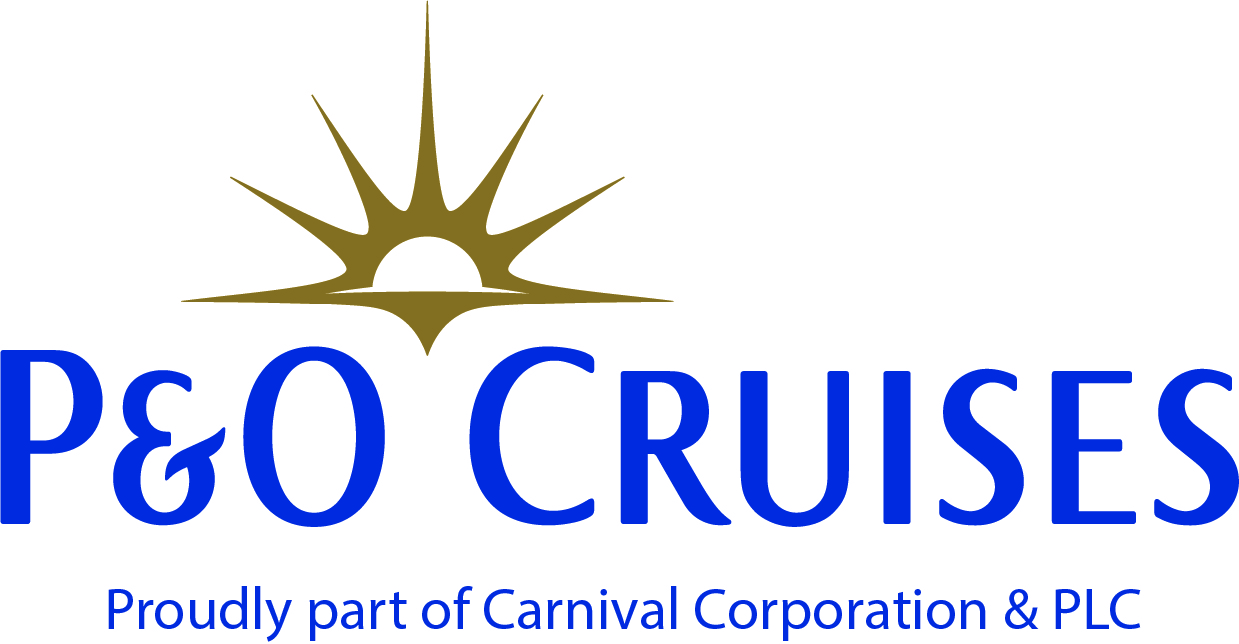Summary
Belize City is more of a town than a city—few of the ramshackle buildings here are taller than a palm tree, and the official population within the city limits is barely over 50,000, though the metro population is near 90,000. Not far beyond the city center, streets give way to two-lane country roads where animals outnumber people. Any dining room downtown could leave the impression that everybody knows everybody else in this town, and certainly among the elite who can afford to dine out, that's probably true.On a map Belize City appears to be an ideal base for exploring the central part of the country—it's two hours or less by car to San Ignacio, Corozal Town, Dangriga, and even less to Altun Ha, Belmopan, and the Belize Zoo. However, many old Belize hands will advise you to get out of Belize City as quickly as you can. They point to the high crime rate and to drugs and gang activity. They also note the relative lack of attractions in Belize City. There are no good beaches in or near the city, except for one man-made beach at the Old Belize facility west of town, built to attract cruise-ship visitors. Although you can sometimes spot manatees and porpoises in the harbor, and birding around the city is surprisingly good, this is not the wild rain forest visitors come to see.All of that is true enough, and certainly any visitor to Belize City should take the usual precautions for travel in an impoverished urban area, which includes always taking a cab at night (and in rough parts of the city anytime), but Belize City does have an energy and excitement to it. There are good restaurants, including the best Chinese and Indian food in the country, a vibrant arts community, and, outside some of the rougher parts of town on the South Side, nice residential areas and a number of pleasant hotels and B&Bs. Belize City offers the most varied shopping in the country, and it’s the only place to find sizeable supermarkets, department stores, and the Belizean version of big box stores. There is always some little treasure to be discovered in a shop with mostly junk. All in all, it's far more interesting than any modern mall.Belize City also has an easygoing sociability. People meet on the street, talk, joke, laugh, and debate. Despite the Belize City streetscape's sometimes sketchy appearance, people in the shops and on the street tend to be friendly, polite, and helpful.If you haven't spent time in Belize City, you simply won't understand Belize. Belize City is the commercial, social, sports, and cultural hub of the country. It's even the political hub, despite the fact that the capital, Belmopan, is an hour west. The current prime minister, Dean Barrow, a lawyer who came to power in 2008, former prime ministers including Said Musa, many of the other ministers, and nearly all of the country's movers and shakers live in or near Belize City.One longtime Belize resident says that despite its problems she enjoys making day trips to the city and always encourages visitors to spend some time there: "Being a landlubber, I enjoy the boats, seabirds, and smell of the salt air, and of course the Swing Bridge, watching the fishermen on fishing boats sell their fish, and seeing what fish and sea creatures are for sale in the market. When I first came here I was amazed at the fish and meat stalls, at how they were out in the open, and weren't refrigerated like back home. I think it's good for tourists to see that there are other ways of living than what they are used to. Isn't that the point of traveling?"Still—and we can’t overemphasize this—you do have to be careful, as crime is not limited just to certain areas: When you’re in Belize City, bring your street smarts and exercise caution at all times.









-custom_banner-banner_half.jpg)













-custom_banner-banner_half.jpg)



























-large_thumb.jpg)






